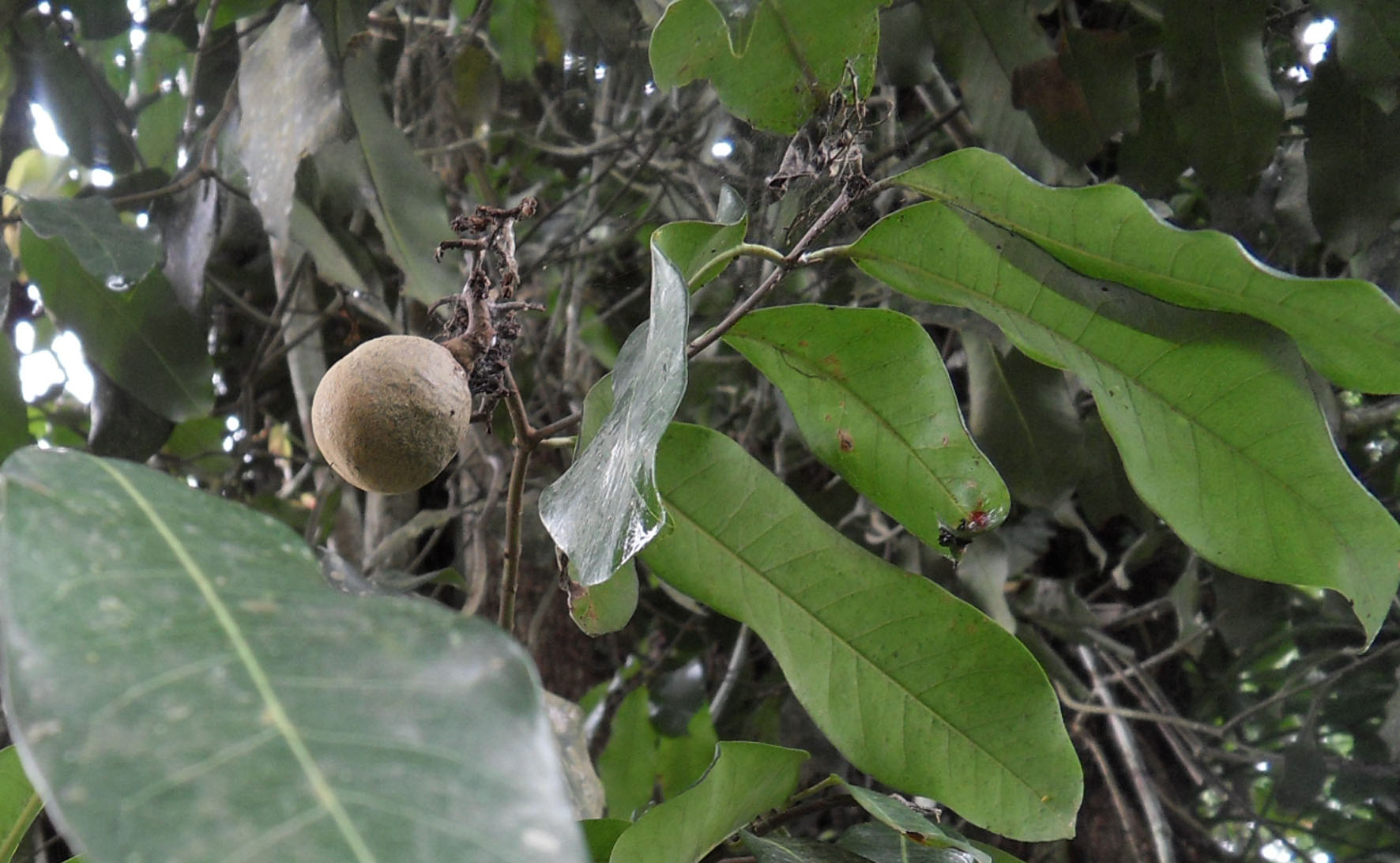Landolphia owariensis

|
|
Landolphia owariensis Common Names: Vine Rubber, Rubber Vine, White Rubber
Vine, Congo Rubber Scientific
Classification Kingdom: Plantae Clade: Tracheophytes Clade: Angiosperms Clade: Eudicots Clade: Asterids Order: Gentianales Family: Apocynaceae Genus: Landolphia Species: L. owariensis Synonyms: Landolphia rubescens P.Beauv., Landolphia ugandensis Stapf, Landolphia droogmansiana De Wild. Morphological Description Landolphia owariensis, commonly known as Owari milkvine, is a versatile woody liana or
shrub in the Apocynaceae family. Its morphology varies by habitat: · Habit: Shrub (1–3 m) in savannah; liana (up to 100 m long, 30 cm
basal diameter) in forests, climbing via tendrils. · Stem: Woody, exuding white latex when cut, bark greyish-brown,
rough. · Leaves: Opposite, ovate to elliptic, 5–15 cm long, 3–7 cm wide,
glossy dark green, with entire margins. · Flowers: White, fragrant, 1–2 cm long, in terminal or axillary cymes;
corolla tubular with five lobes (Burkill, 1985). · Fruit: Globose berries, 3–6 cm diameter, yellowish-green to orange
when ripe, containing numerous seeds in a pulpy matrix. Its adaptability and
latex production distinguish it among tropical African flora (Baumgärtel et
al., 2023). Distribution and Habitat Landolphia owariensis is native to tropical Africa, spanning: · West Africa: Sierra Leone, Guinea, Ghana, Nigeria. · Central and East Africa: Angola, Congo, Sudan, Tanzania,
Mozambique. It thrives in moist
lowland forests, savannah edges, and riverine areas at elevations of 0–1,200 m,
tolerating well-drained sandy or loamy soils (pH 5.0–6.5) and surviving
bushfires via rhizomes (Burkill, 1985). Ethnopharmacology Landolphia
owariensis, commonly known as the Congo rubber plant, is a liana native to
tropical Africa, traditionally utilized for various medicinal purposes. Its
leaves are employed in southeastern Nigeria to treat malaria, with studies
confirming their antiplasmodial activity. Additionally, the plant exhibits
immunomodulatory effects, suggesting potential benefits in managing
inflammatory conditions. Phytochemical analyses have identified compounds such
as myricitrin, quercitrin, α-amyrin, and daucosterol in the leaves, which may
contribute to its therapeutic properties. Traditionally, various parts of the
plant are used to treat fever, pain, and microbial infections, underscoring its
antimicrobial potential. These findings validate the traditional medicinal
applications of L. owariensis and highlight its potential for further
pharmacological research. · Anti-inflammatory/Analgesic: Leaf decoctions in Nigeria treat sprains
and rheumatism. Owoyele et al. (2001) found ethanolic leaf extracts (200 mg/kg)
reduced carrageenan-induced paw edema in rats by 50%, linked to flavonoids. · Antimicrobial: Stem bark in Ghana fights infections. Nwaogu et al. (2007)
reported ethanolic leaf extracts (MIC 50 μg/ml) inhibited Staphylococcus aureus and Escherichia coli. · Anthelmintic: Latex in Congo treats intestinal worms. Baumgärtel et al.
(2023) note its traditional use as an enema or drink for parasitic expulsion. · Antiplasmodial: Root decoctions in Sierra Leone combat
malaria. Okeke et al. (2001) confirmed ethanolic extracts reduced Plasmodium falciparum growth in vitro. · Laxative/Cough Relief: Fruit pulp in Nigeria aids digestion and
soothes coughs. Ebi and Ofoefule (1997) suggest pectin and phenolic compounds
contribute. · Snakebite Remedy: Stem bark poultices in Togo neutralize
venom. Traditional use aligns with reported cytotoxic effects (Baumgärtel et
al., 2023). Phytochemicals include
flavonoids, saponins, terpenoids (e.g., α-amyrin), and phenolic acids,
supporting its broad medicinal applications (Ibekwe et al., 2019). ⚠ Toxicity Profile: Latex is non-toxic orally up to 5,000 mg/kg in
rats but causes skin irritation in some individuals due to milky sap. High
fruit consumption may cause mild gastrointestinal upset due to cyanogenic
glycosides (Baumgärtel et al., 2023). Additional Uses · Economic: Latex was a major rubber source in the Congo Free State
(1890–1908) and during WWII (Burkill, 1985). · Nutritional: Fruits, rich in vitamin C (2.36 mg/100g), are eaten fresh or
fermented into wine (Ibekwe et al., 2019). · Ecological: Supports biodiversity as a food source for primates and
birds (Baumgärtel et al., 2023). References
External Links More Pictures |
|
| Compounds of Landolphia owariensis |
|
| References |